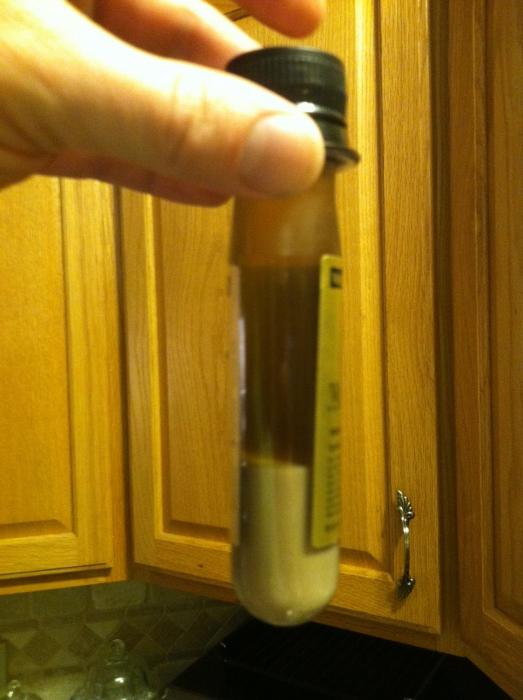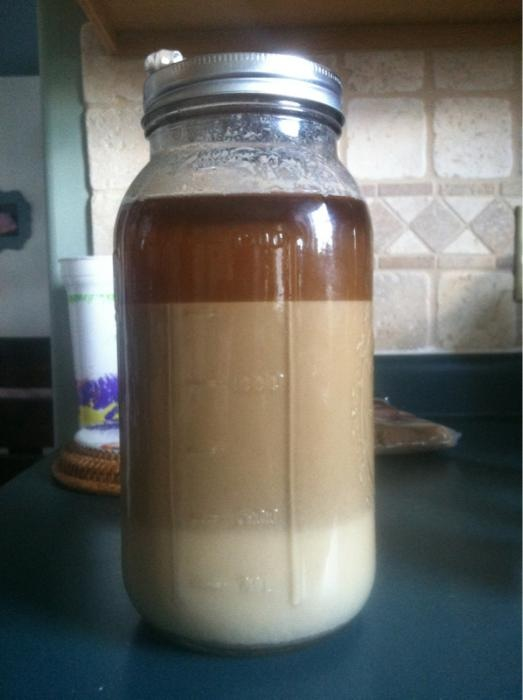I had a thread going on this a while back but did some more experiments and a picture is worth a thousand words. I brewed a beer one month ago today and washed the yeast. I let it really settle out well and only collected the yeast that was still suspended thinking that is the healthiest stuff. This yeast was harvested from the primary 7 days into fermentation.
After it settled out really well in the mason jar I dumped off most of the liquid and put it back in the vial just to get an idea of how much yeast was actually in there. Turns out I harvested exactly what comes in a new tube of yeast.
So my question is, if I make a 1L starter should this be enough yeast to get me going for a 5 gallon batch with OG of 1.055. I have washed yeast a few times but never used it because it makes me nervous for some reason. There is guidance out there that you need 10x the original amount in the vial but I feel like that is way over kill.
Any advice would be appreciated. There isn't a drop of trub in this container. When I washed I was going for quality not quantity.

After it settled out really well in the mason jar I dumped off most of the liquid and put it back in the vial just to get an idea of how much yeast was actually in there. Turns out I harvested exactly what comes in a new tube of yeast.
So my question is, if I make a 1L starter should this be enough yeast to get me going for a 5 gallon batch with OG of 1.055. I have washed yeast a few times but never used it because it makes me nervous for some reason. There is guidance out there that you need 10x the original amount in the vial but I feel like that is way over kill.
Any advice would be appreciated. There isn't a drop of trub in this container. When I washed I was going for quality not quantity.





